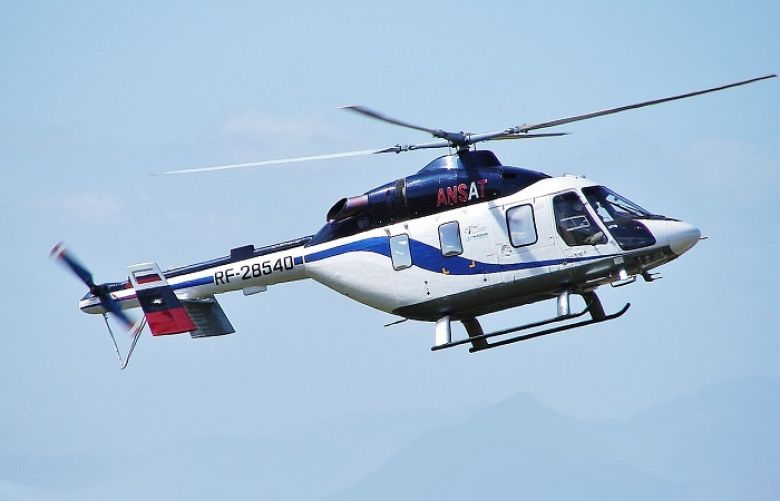Russian Helicopters, part of Rostec State Corporation, has started testing multi-purpose Kazan Ansat aircraft in Pakistan, the company announced in a statement.
The objective of testing is to prove the ability to use the machine in high temperatures. It is planned to expand Ansat’s temperature regime to +50° Celsius. After the testing gets successfully completed, the temperature range of the helicopter will be from -45° to +50° Celsius.
Ansat is a light multipurpose twin-engine helicopter serial production of which is deployed at the Kazan helicopter plant. In May 2015, the modification of the model with a medical module was certified. It complies with all international standards for medical aviation and allows to save a patient’s life during transporting to a hospital.
According to the helicopter certificate, its design allows converting it into a cargo version or into a passenger rotorcraft that can lift up to eight people.
“Ansat is a very attractive helicopter due to its flight performance characteristics, including for customers from Asia and the Middle East. We have planned several upgrades of the machine, including the extension of the temperature range. I hope that positive test results will turn the interest of potential buyers into a number of agreements”, said the company’s Deputy CEO for marketing and business development Alexander Shcherbinin.
The company plans to finish the testing by mid-November. After this, a conference is scheduled in Islamabad for potential Pakistani customers to explore the helicopter’s competitive advantages and specific features of operation.
Ansat aircraft
Ansat is a Russian light multipurpose twin-engine helicopter serial produced at the Kazan helicopter plant.
The helicopter has a classic single-rotor design with a four blade main rotor and a two-blade tail rotor. The hinge-less main rotor makes it easier to handle and significantly reduces its operating costs.
The Ansat has a metal fuselage, composite non load-bearing parts, and layered fibreglass blades. The Ansat boasts the largest cabin in its class with a wide sliding door and can transport up to 8 passengers.
Ansat is powered by two Pratt & Whitney Canada PW 207K 630 hp turboshaft engines with Full Authority Digital Engine Control (FADEC) system that ensures the helicopter can continue to fly if one engine fails.
The Ansat’s avionics, piloting and navigation systems include an on-board information system, multi-functional indicators and a failure warning system.
The training model uses a KSU-A fly-by-wire flight control system and has a four-channel digital integrated control system.
Ansat helicopter can be configured for a wide range of missions including cargo and passenger transportation, surveillance, search and rescue (SAR), fire-fighting, and MEDEVAC missions.







